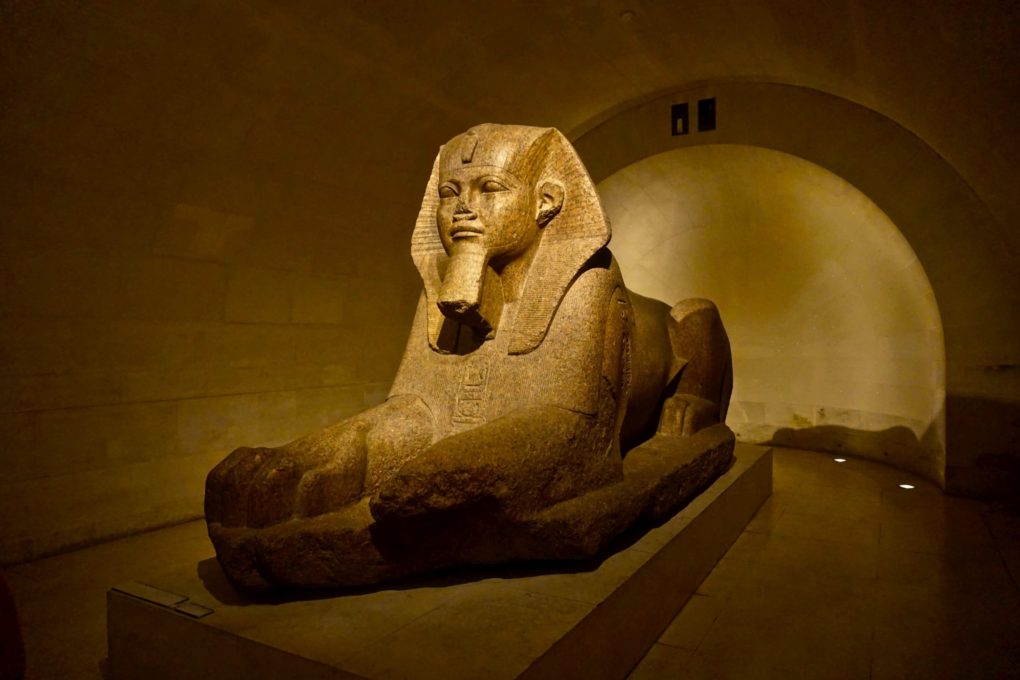After two years of reconstruction, the Louvre‘s Department of Egyptian Antiquities is finally open for visitation. The world-famous museum holds three rooms full of Egyptian relics, artifacts, and even the tomb of Akhetep.
The revived collection also features a polished statue of the dog of Asyut which is an emblematic monument known all over the world, widely recognized being from Egypt. The towering limestone statue of Asyut is one of the first artifacts you will see when entering the Louvre’s Department of Egyptian Antiquities.
In addition to the tomb of Akhetep, another mesmerizing exhibit is the Paris museum’s “the Nile and the Gods” art collection that showcases multiple monuments hailing from the golden age for Egypt known as the Old Kingdom. Each funeral relic highlights the raw materials used to forge artistic hieroglyphic pieces and ancient murals that display Egyptian royalty to honor those who passed. All of these pieces have been refined and photographed for digital copies able to be purchased at the museum’s gift store.
Many of these unburied artifacts came from Mastabas which were tombs in Egypt for powerful Pharaohs who didn’t get placed in pyramids. The larger the Mastabas, the more wealth and materials the Pharaoh’s tomb was occupied with relating to the status of the Egyptian ruler.
Mastabas were flat burial sites that were covered by mud-bricks and these burial structures protected the Pharaoh and their expensive items. Sometimes, these funeral manmade formations were for high-ranking family members to Egyptian leaders and the symbols surrounding their burials are prolific messages relating to the existential philosophy of eternal life. These newly-refurbished exhibits hold the oldest restored artifacts known to be a part of Egypt’s Old Kingdom and there are multiple globally-recognized statues.
The Louvre reopened in May 19th after being closed for half a year due to the pandemic and face masks are required for entry.





